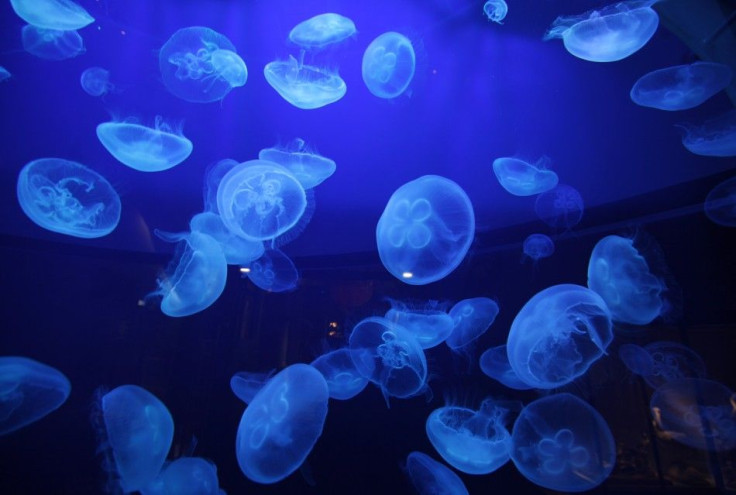Giant, Tentacle-Free Jellyfish Discovered Off The Coast Of Australia Baffles Scientists

Researchers are baffled by the discovery of a giant and extremely venomous, but tentacle-free, jellyfish off the coast of Western Australia, the Australian Associated Press reported.
While the majority of Irukandji jellyfish, known for a venomous secretion of the same name, are about the size of a fingernail, the Keesingia gigas grows to the length of a human arm and is also suspected to cause the deadly Irukandji syndrome where victims suffer pain, nausea, vomiting and, if untreated, could lead to cardiac arrest. Keesingia gigas, one of two new species of Irukandji jellyfish, was recently identified by Lisa-ann Gershwin, the director of Marine Stinger Advisory Services based in Tasmania.
First photographed in the 1980s, the first specimen of Keesingia gigas was only captured in 2013, near Shark Bay, by John Keesing, a marine scientist after whom the jellyfish is named, Gershwin said, adding that none of the photos of the new jellyfish showed any tentacles, and the captured specimen too did not have them.
“Jellyfish always have tentacles ... that’s how they catch their food,” she said, explaining that “the tentacles are where they concentrate their stinging cells,” adding that, “Some of the people working with it through the years actually got stung by it and experienced rather distressing Irukandji syndrome.”
Gershwin said that, as a means of defense, the species could have shed its tentacles similar to many other bioluminescent jellyfish, which drop their glowing tentacles as a defense mechanism to distract predators. However, there was no evidence to suggest that Keesingia does the same.
“I think more probably it does have tentacles but by random chance the specimens that we photographed and obtained don’t have them anymore,” she said, adding: “I think it’s probably a fairly tame explanation. I just don’t know what it is.”
Irukandji jellyfish have been found all across the globe from Wales in the northern hemisphere to Melbourne and Cape Town in the southern hemisphere. Of the sixteen species believed to cause Irukandji syndrome, four are found in the waters off Western Australia.
© Copyright IBTimes 2024. All rights reserved.





















